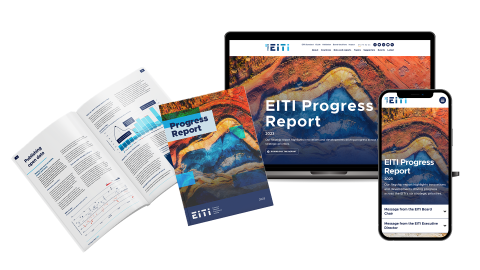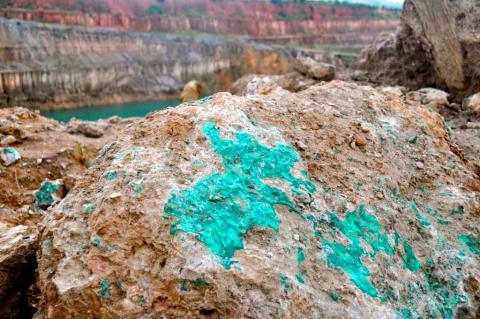
Which areas are mining revenues coming from? Which companies are paying? Where is the money going? How can local communities see concrete benefits from mining?
Citizens across Guinea boldly raised these concerns, among others, when representatives from the government, civil society, mining companies, the media and the EITI national secretariat travelled to 18 “prefectures” and four mining zones nationwide to communicate the findings of the 2012 EITI Report. In addition, the EITI Report was presented at universities in Conakry.
Though living in a country with diverse natural resources, the citizens seemed to have common concerns about revenues from these natural resources that ultimately belong to them. With two thirds of the world’s largest bauxite reserves, the single largest unexploited iron ore assets in the world, and significant deposits of gold and diamonds, Guinea’s mineral riches are well placed to drive economic growth and prosperity. The EITI Report published in December 2013 showed that the mining sector was only contributing 17 percent of total government revenues in 2012.
Being able to trace the money received into the local coffers weighed heavily on the minds of the citizens. Could the path of the money be traced from the central bank to the coffers of the “prefectures”? Were the citizens able to see concrete benefits of the mining activities carried out around them? Local officials provided a breakdown of how the money was distributed. 90 percent was allocated to the local areas directly impacted by mining and of this, 85 percent was invested and 5 percent was used for the functioning of the local area. The remaining 10 percent was for the “prefecture”.
Citizens had dutifully done their homework before attending the meetings in February and March 2014. Familiar with the EITI Report, they sought an explanation for a US $700 million Rio Tinto payment. They were informed that this payment, which caused the government revenues from mining in 2011 to spike to US $974 million, related to the rights for Rio Tinto to develop the Simandou iron ore.
University students in Conakry also had questions about the traceability of revenues as well as the new Mining Code and Guinea’s mining license registry. The EITI Report highlighted that the existing cadastre did not provide a full picture of the licenses currently held by extractive companies in Guinea. Capacity constraints prevented good record keeping and consistent reporting on license holders, but if left unaddressed, overlapping licenses and uncertainty about the validity of licenses could lead to conflict among the companies and individuals that extract minerals in Guinea. The EITI Report served as a catalyst for the government to begin implementing the necessary procedures and controls to maintain a complete and exhaustive cadastre that is a true representation of the mining licenses in Guinea.
This dissemination mission was important to help make the EITI tangible for Guineans. Armed with information and a better understanding of the EITI, citizens are now in a better position to debate and hold government officials to account regarding natural resource revenues: where the money is coming from, where it is going, who is operating where, and how it can be used to improve their local communities.
Related content



